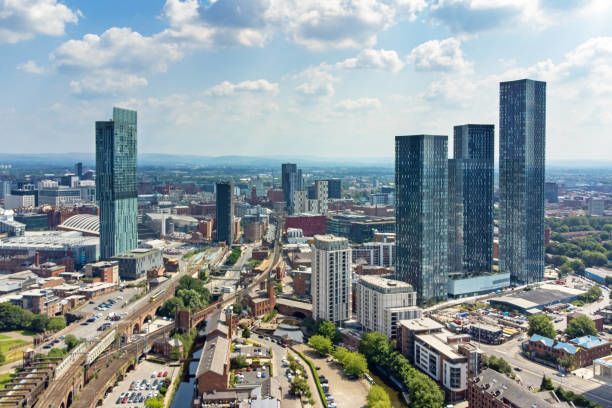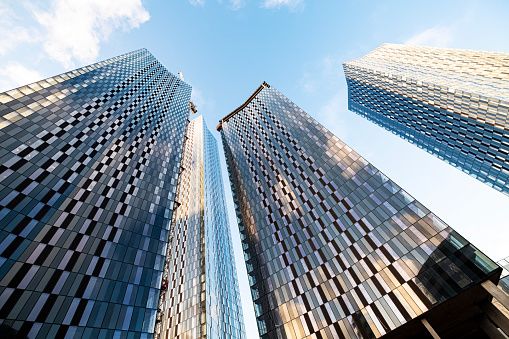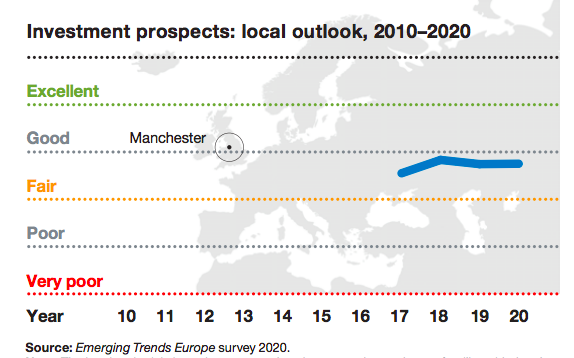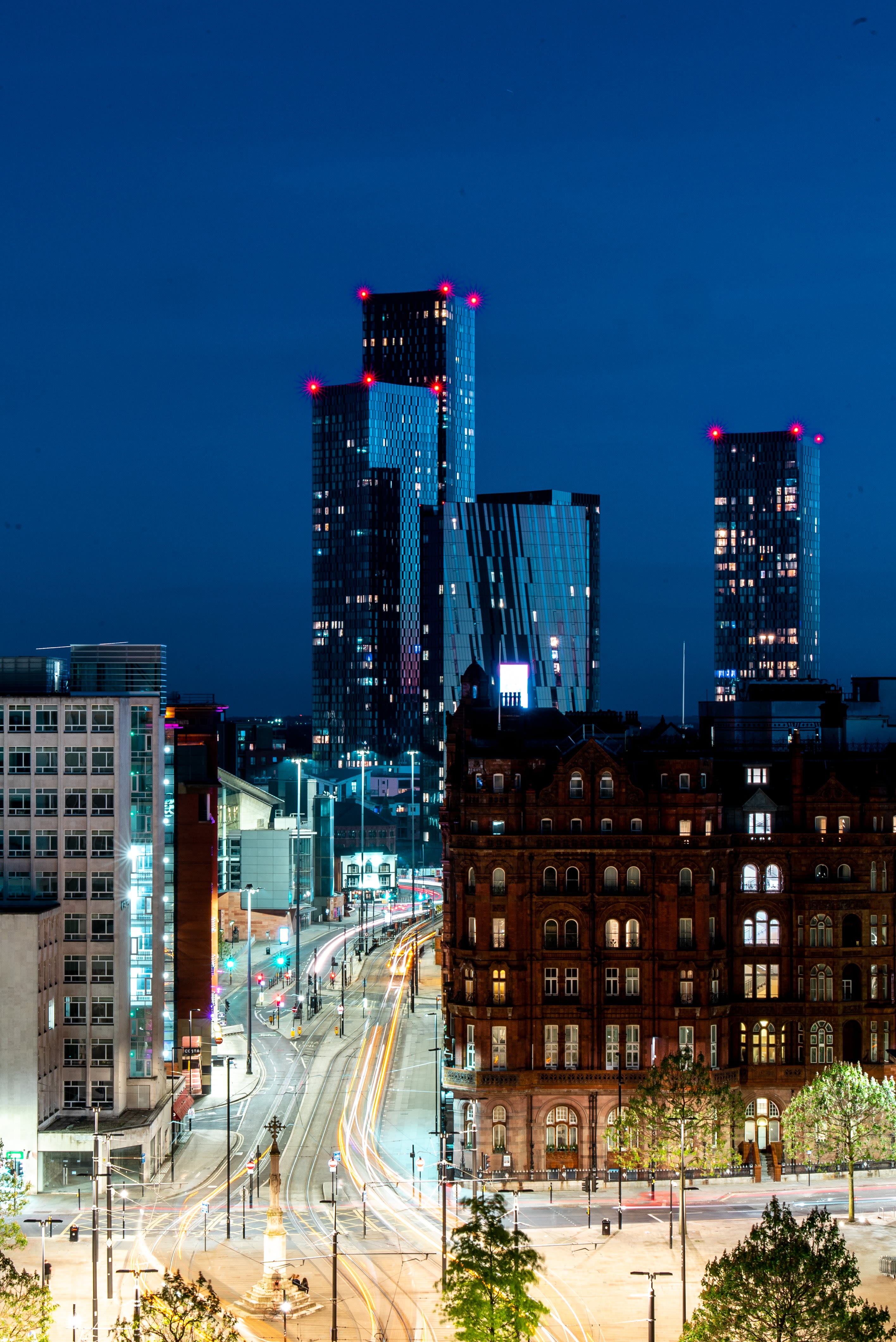The changing face of Mancunian living
How the Northern Powerhouse became a hotspot for property investors from across the world


Deansgate Square's towers
Deansgate Square's towers


Over the past decade Manchester has seen a drastic change in its property market. Property investors have transformed Manchester's skyline making it near-unrecognisable since a few years ago.
Manchester has attracted the attention of a multitude of property developers over recent years thanks to the city's impressive economic growth as one of the UK's fastest growing cities.
In spite of the challenges posed by Brexit and the pandemic, the city's construction schemes continued to grow in number despite a fall by almost 50% in 2019. Since then, it appears many schemes have restarted with early predictions indicating that 2022 could see the largest number of completed developments yet.
A report by the Urban Land Institute in 2020 found that Manchester was Europe's seventh most active property market and so it is unsurprising that the average market value of property in Manchester has increased by more than 20% in the past five years.
Many overseas investors are looking to invest in commercial as well as residential real estate in the city. One European investor told the Urban Land Institute: “It is a thriving city in many ways and benefits from having a large airport with two runways. It has a pretty progressive council and now has a metropolitan mayor, and there has been a strong vision around town planning. We would be happy to invest there.”
Another European investor said: “In Manchester you have local law firms and other mid-sized companies, but also bigger businesses which serve the local market, which is what we like to see. We still do a lot of offices in Manchester, but we wouldn’t do retail there.”
Despite the large number of new developments being completed in the city, there is still concern that demand for property will outweigh supply. In late 2020 concerns about a potential oversupply led to several developers pausing development plans. However growth predictions now indicate that over the next decade Manchester could witness a population boom meaning that even with the new developments on the market they will still not be sufficient in meeting demand.
Over the last 16 years over 25 buildings with more than 20 storeys have been added to Manchester’s skyline. In the 45 years pre–2006 this number stood at only six.
The number of multi-storey buildings and new developments is set to increase even further in the coming years, with many projects set to be completed this year and next.
Residential investments remain the primary driving force behind property development in the city, with applications for more than 2800 new homes currently in the works.
However several projects in the commercial sector that are due for completion in the next year are expected to attract attention from investors and property-enthusiasts alike.
The much-anticipated Mayfield Park rejuvenation project is expected to finish construction later this year, combining a new public park with office, residential and retail spaces intended to provide the area with a space that will attract visitors from across the city.
Plans for the 24-acre site have drawn on pre-existing features and architecture, including plans to bring the River Medlock back into use as the focal point of the space.
#AYearInPhotos – What a year it's been for #MayfieldPark! We uncovered the river, restructured the river walls, created pathways and installed jetties, and now trees are being planted. We can't wait to welcome you to your new park in 2022 🌳💚#Manchester #NorthWest #Regeneration pic.twitter.com/0AYsWpuOxy
— Mayfield (@MayfieldMCR) December 23, 2021
It is hoped that Manchester's new developments, both commercial and residential, will continue to contribute to the city's ongoing economic boom.
However Manchester's booming property market is not without its downfalls. The city council has come under fire for failing to provide sufficient affordable housing for city residents. Multiple planning applications have been signed off by the council despite failing to meet the requirements in supplying affordable living.
A number of developers which received planning permission in recent years opted to pay a fee rather than meeting these requirements, citing the lack of viability in providing housing at affordable rates in the areas they are developing.
In response to concerns surrounding affordable housing in the city centre, deputy leader of the city council, Bernard Priest, said that it made more sense for affordable housing to be built outside of the city centre: “It should be remembered that the geography of Manchester is such that a significant proportion of the city is within 15-20 minutes travel time of the city centre so people don’t necessarily need to live in the city centre to have easy and convenient access to its amenities.”
View the interactive map below to see where Manchester's high-rise buildings are and where to expect more in the coming years.
